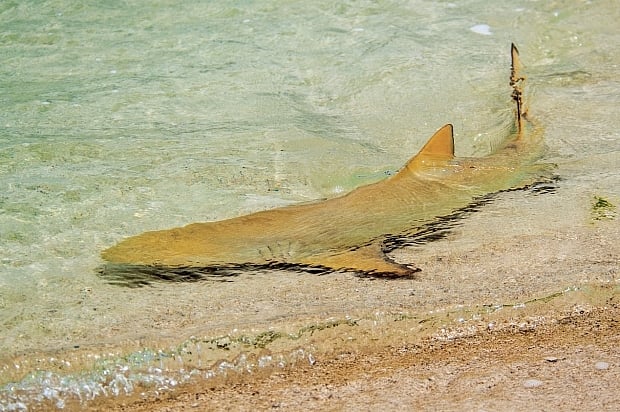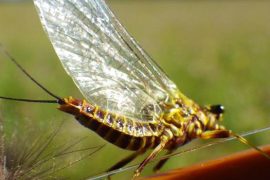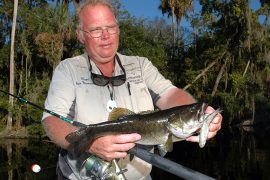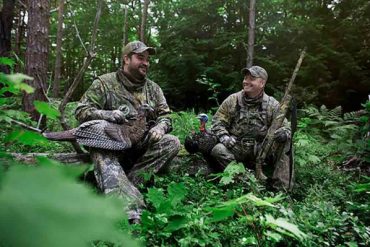
With a twist of lemon shark.
[by Miles Nolte]My arms extend and pull the sea, leaving behind a wake of gray suspension as I swim to the edge of the flat. The guide I’m fishing with, Paul, reclines in the skiff, eating a sandwich, giving his eyes and his shoulders a rest.
Swimming at lunch is an essential ritual on hot days. Back home in Montana, summer days can stretch from warm morning to sweat-shimmering evening. Trout, unlike oceanic flats species, don’t like the heat, and 10 hours of guiding expectant anglers over lethargic fish is taxing, particularly when sweating through my shirt and wiping salt from my eyes. A midday swim offers a few moments of cool weightlessness, alone with myself in the water, not above begging it to give me something, or dipping oars into it, trying to maneuver over its whispers and roars.
My swimming ritual started as a break in long, hot guide days, but I take it with me whenever I go fishing in warm climates. It’s a good reminder. On this day, I cut through the Caribbean. The water is warm, but cooler than the air. This is a bonefish trip, but all I can think of, as I surface and dive and kick to the edge of the flat, are sharks.
Our day had dawned hazy, the sun emerging from the horizon with its light struggling to cut the equatorial humidity. Paul, who has been guiding at Abaco Lodge for many seasons, had motored away from the dock cursing the east wind at our backs. This was the second straight week of east wind, a bad wind, the guides all said. East wind pushes water out of the Marls, an already shallow basin of cays, mud flats, turtle grass, and mangroves. The Marls are a labyrinth of bonefish habitat, with cuts and channels that can be difficult to navigate during optimal conditions, and harrowing on a low tide with an east wind.
There was no color to the sunrise: it was silver light cutting through grayscale clouds. Paul staked off the boat in a shallow hook of mangroves, and we were waiting on wakes, tails—any signs of life. Tight to a mangrove finger, ripples appeared. Paul poled a few silent strokes, and I dropped the shrimp fly 10 feet in front of the rippling. I waited until I thought the fish’s nose was inches away, then stripped slightly, imagining rubber legs swirling up from the mud bottom.
I stripped more aggressively, making the fly jump off the
bottom. This time the wake turned and followed, but there was no tipping up, no glinting tail; just more deliberate movement. I kept stripping; the disturbance followed.“Something not right dere. I don’ think dat’s a—”
The wake passed the fly without slowing.
I picked up quietly, turned to the right, and presented the fly again.
No response at all.
I tried a third time, slightly overpowering my forward cast so the fly plopped into the water. Generally, this isn’t an advisable tactic for bonefish, which tend to flee projectiles raining down from above. But when the presentation that is supposed to work fails twice, I experiment. Besides, it was my third day at the lodge, and I had caught plenty of bonefish.
I stripped more aggressively, making the fly jump off the bottom. This time the wake turned and followed, but there was no tipping up, no glinting tail; just…





